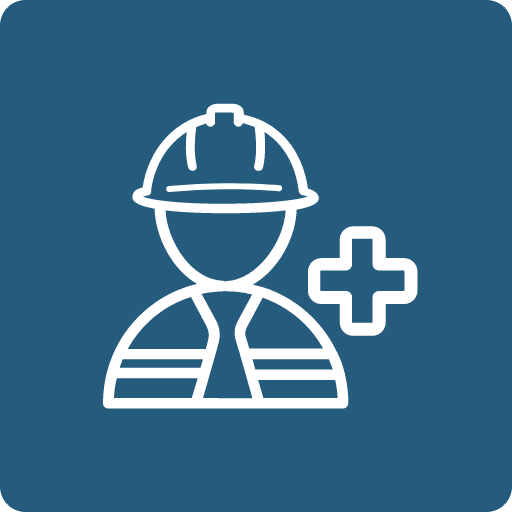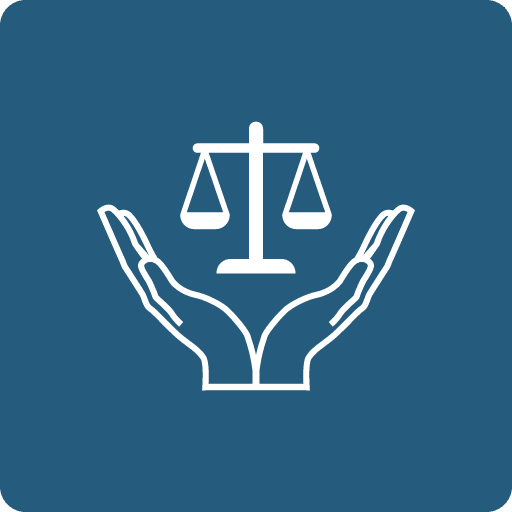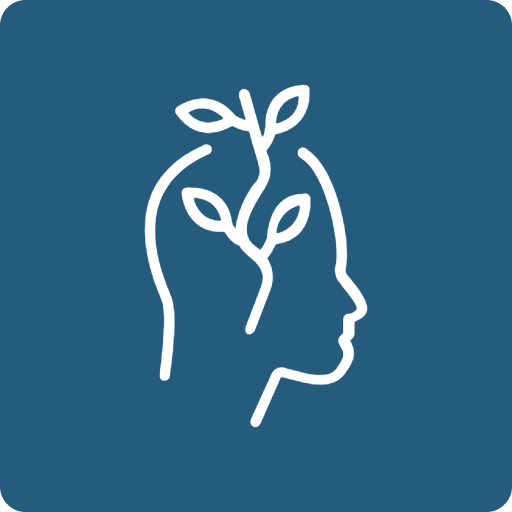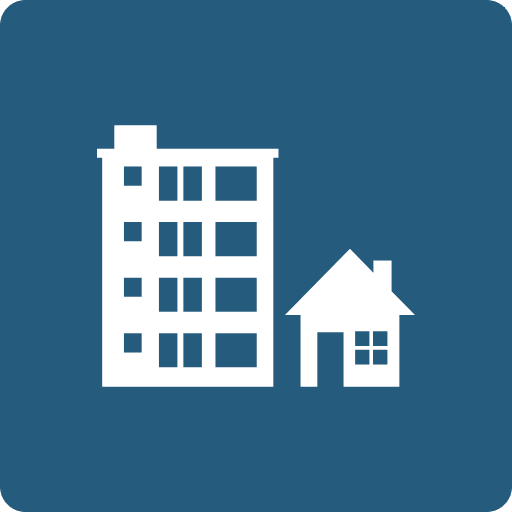Introduction

The carer helped by connected objects
Résidence Escalys
Connected objects are often perceived by people as a way to make life easier in the home, but also to increase the security of the home. Thus, access to home automation by carers may lead them to work towards transferring to connected objects that make life safer for people with disabilities. These objects will not necessarily be aids as we have discussed in other sheets, but contributions such as an alarm system, a videophone, a video surveillance system.
These connected security systems will have to be assimilated in the first instance by the carers in order to pass on the baton to the disabled, perhaps in a logic of easier appropriation with everyday objects. It will be a question of combining remote management, time saving, comfort and more dedicated services to become in the medium term real advantages, both for users in the context of greater autonomy and for carers in the context of respite.
Task

https://www.pexels.com/fr-fr/photo/cahier-bureau-femmes-sans-visage-7176319/
SHVETS Production
The objective is to show how not having connected objects to help people with a disability in their daily activities can quickly become penalising. If the link, the relationship is necessary between a carer and a person being helped, the carer must know the main tools of connectivity for use in a home. He or she can then suggest and explain what is the most suitable according to the characteristics of the person being cared for, considering ease of use and cost.
The carer can also approach landlords and/or project managers to better understand the connected objects and the existing range.
Process
In groups of 3 or 4 carers, you will be given about ten images of computer objects of all kinds for use at home.
Each group chooses 2 and after a short discussion (15 minutes) must describe the strengths and weaknesses of these objects. And be able to explain the preference.
The work will remain fairly global since we will not integrate the types of housing and the typologies of the people helped.
Conclusion
This sheet is similar to sheet 3, but the learner in this module is certainly aiming to help the person being cared for, but the interest is to be able to help him or herself as well. Thus, knowing and learning more about the possibilities offered by connected objects will not only be a source of skill development for carers, as it will guide them in their choices and proposals for equipping a home. But it will also enable them to equip themselves and make their daily work with disabled people easier.
For example, they can feel safer if the connected oven allows them to control it remotely by hand and avoids having to move to check it.
The same goes for opening doors or cupboards, etc.
It is therefore also a way of lightening the workload and improving the well-being of carers. The key is to be able to control their use.
Evaluation
- The learner will have learned to identify the range of possibilities in terms of connected objects for a home and to be able to evoke them globally and present them to the assisted persons with mastery.
- Increased knowledge about the objects and their interests and shortcomings in order to make the most appropriate choices for the final beneficiaries.
- Skills on new technologies and their efficiency as appropriate. To be able to talk about them more easily.
- The learners will be able to master the existing tools, to keep an eye on connectivity and to be better equipped to deal with the actors involved in their activities: the people they help, the families, the landlords.
Resources
Links
Essential connected objects to help in the use of housing: website and video
https://internetofthingsagenda.techtarget.com/definition/smart-home-or-building
Article : Strength of connected objects: SWOT
https://pestleanalysis.com/swot-analysis-of-the-internet-of-things/
Articles and links on the use of connected objects for seniors
https://observatoire-des-seniors.com/en/category/numerique/numerique-objets-connectes/
Examples of house connections
https://www.travelers.com/resources/home/smart-home/5-smart-home-automation-safety-tips














